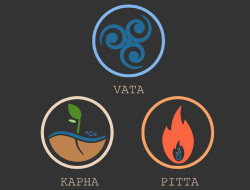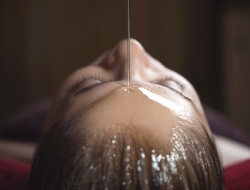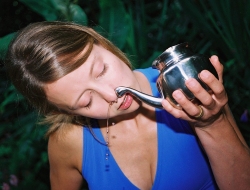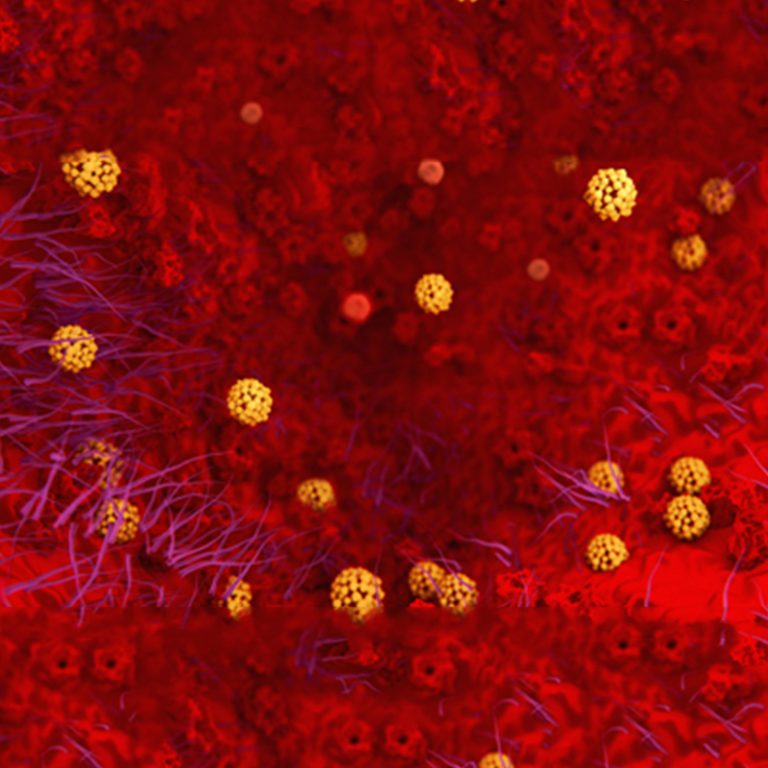The Art of Observation – Diagnosis without X-rays or Microscopes (Part 1)
The Ayurvedic practitioner’s clinic has no scanners or x-ray machines, or other such equipment. No samples need to be sent off to a laboratory for analysis. What then can the patient expect to take place at a typical Ayurvedic consultation?
A qualified Ayurvedic practitioner will often have spent as long in training as a conventional doctor, but will then continue to develop skills through years of practice. The approach differs greatly from mainstream medicine, which attempts to cure “disease”.
In Ayurveda all illnesses are seen as being caused by improper diet and lifestyle, which result in aggravation of the doshas, and determining the individual’s constitution and the nature of the imbalance is essential before an individual programme can be drawn up. This initially involves asking a number of relevant questions, but the skilled practitioner has many other tools at his disposal to achieve a more complete understanding of the patient’s imbalances.
The Importance of the Pulse
The pulse in Ayurveda is one of the most important tools for diagnosis, and in this context involves much more than just counting the beats. The functions and health of the entire body, as well as the mind, can be determined from the pulse. It tells us about the balance of the doshas – the strong, bounding ‘frog’ pulse is characteristic of Pitta, the irregular ‘snake’ pulse of Vata, and the slow ‘swan’ pulse of Kapha. The temperature of the pulse is also noted. The hot Pitta pulse relates to fire and the mitochondrial function, the thyroid, energy, vitality and digestion. The cool-warm Kapha pulse tells of dehydration or fluid retention, or of a kidney problem. The Vata pulse is cold. Detecting imbalances in the doshas by this means can give advance warning of potential problems. In this way, Ayurveda is focused on prevention rather than cure.
The tongue as a diagnostic aid
The tongue is another important source of information. Different areas relate to different organs, and by observing the location of blemishes and its colouration it is possible to discover which organs are stressed, as well as finding out about dosha imbalances:
- A white tongue is a sign of toxicity in the mucus membrane – a Kapha aggravation. This is indicative of a slow metabolism, which can result in an overgrowth of Candida or the presence of parasites.
- A yellow tongue is characteristic of excess Pitta, which can give rise to all manner of problems. Excess bilirubin may be building up in the system.
- Green markings tell of a liver malfunction or toxicity – the liver is struggling to do its job.
- Dots sometimes appear on the tongue when there is an infestation of parasites.
- Black spots can give a warning of cancer. The digestive system or the liver may be affected.
- If the back or side of the tongue bleeds slightly when it is scraped this indicates excess Pitta. There is inflammation somewhere in the digestive tract.
In Part 2 click here we shall look at some of the other tools that the Ayurvedic practitioner employs to assess a body’s state of health and balance.

*Discover holistic healing with a complimentary phone or video consultation from our expert Ayurvedic practitioner. Start your path to better health today!*























